Emily Lakdawalla • Sep 03, 2013
Looking back at Mariner images of Mars
Bruce Murray was an early advocate for the inclusion of cameras on planetary spacecraft. As a tribute to him, I thought I'd take a look at a few of the images from the early Mariner missions to Mars. Like many other gnarly old data sets, the Mariner images are being revisited by the community of amateur -- and professional -- space image processors; a lot of work has been done on Mariner data by amateurs Ted Stryk and Piotr Masek as well as planetary cartographer Phil Stooke.
A couple of years ago I wrote a blog post about pre-Space-Age photographs of Mars. Here is some of the best photographic data available on Mars before the Mariners got there, a page from Earl C. Slipher's Mars: The Photographic Story.

Here's another somewhat astonishing pre-Mariner view of Mars. This map, composed from photographic data by the U. S. Air Force, was the base map used to plan the Mariner 4 Mars imaging sequence.
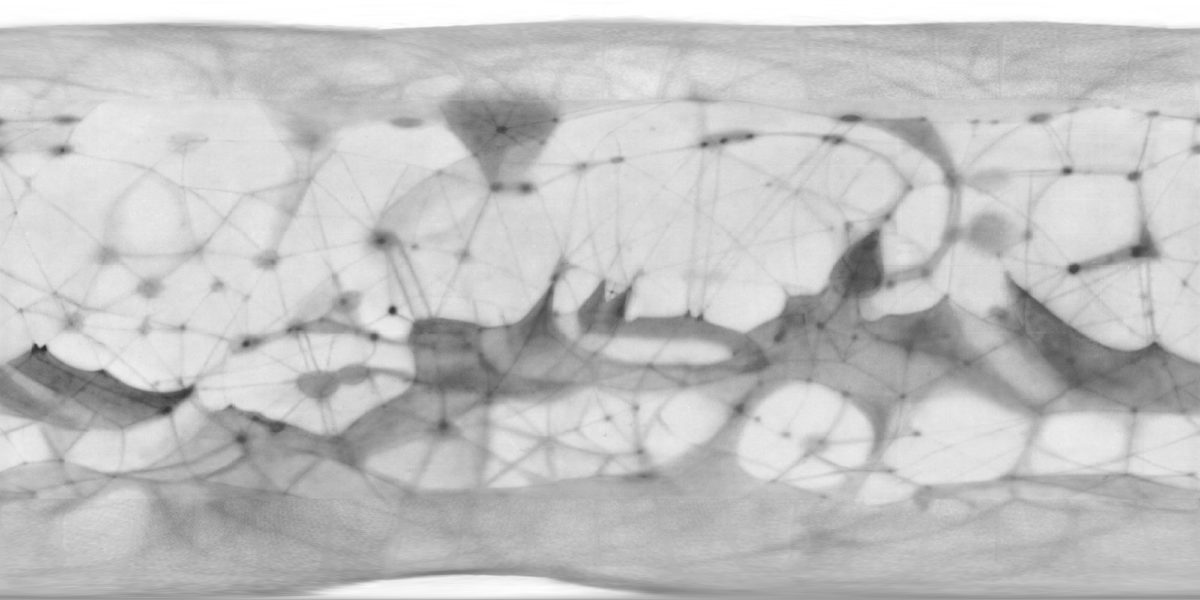
Compare that to the view of Mars that we had achieved after the Mariner 6 and 7 flybys in 1969. The maps above and below were assembled by Phil Stooke; for more Mars map fun, read this 2009 blog entry about Phil's work on global Mars maps from many different spacecraft.
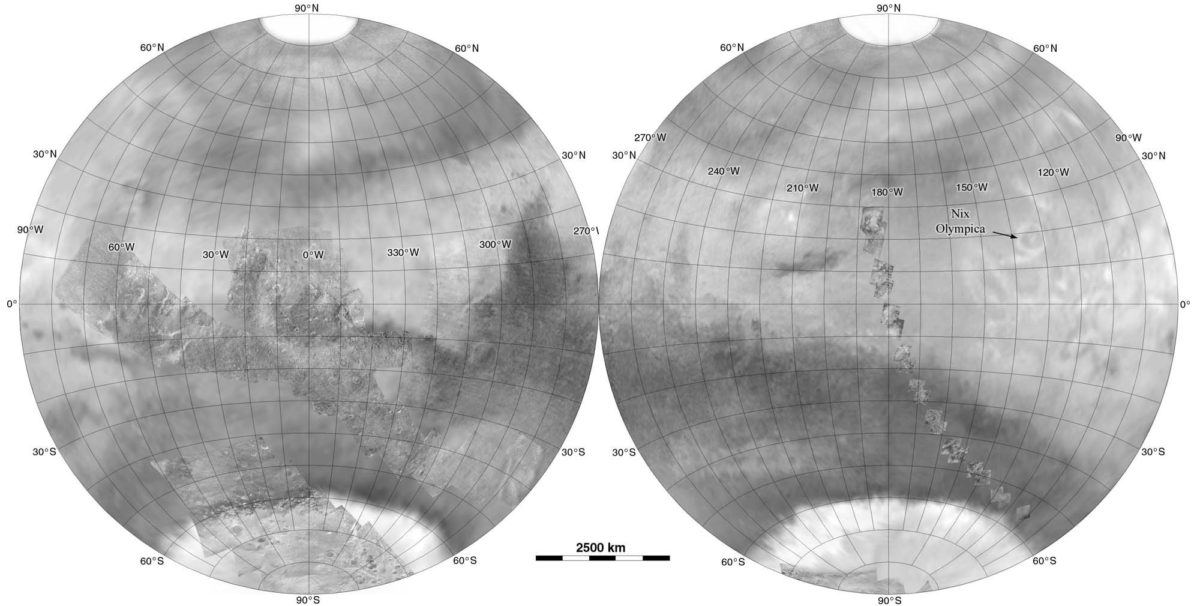
Here's the Mariner 4 image catalog, which I posted last year. The most obvious features in these images are craters -- Mars was clearly old, perhaps more Moon-like than had been expected. Bruce Murray talked about that in an interview printed in a 2001 issue of The Planetary Report.
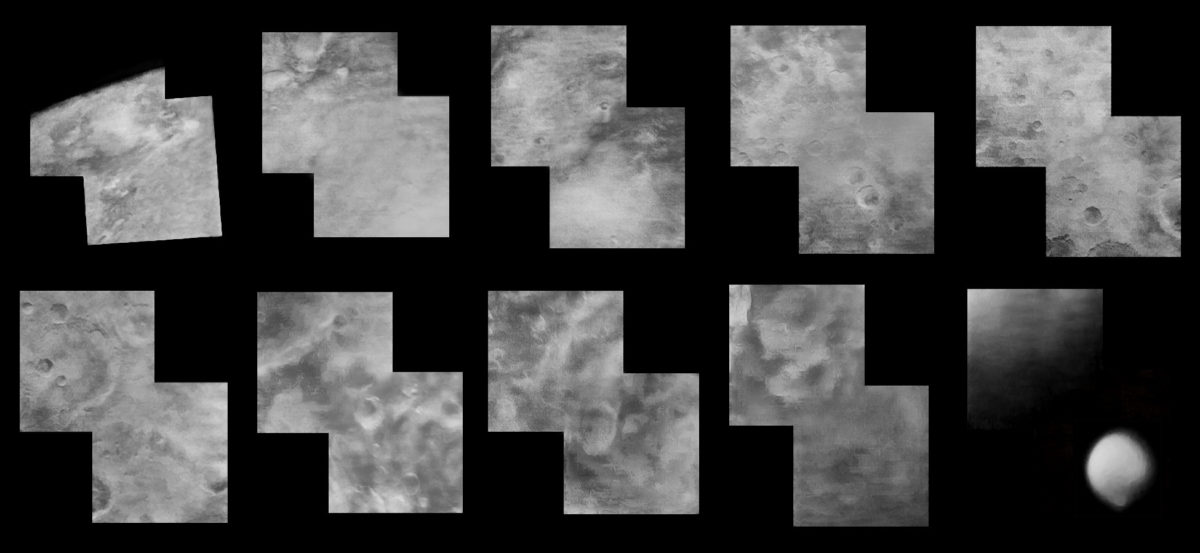
Here is a neat set of Mariner 6 images, captured over about two days as the spacecraft approached Mars. It must have been pretty great to see these photos come in, one at a time, transmitted in real time as the spacecraft drew closer.
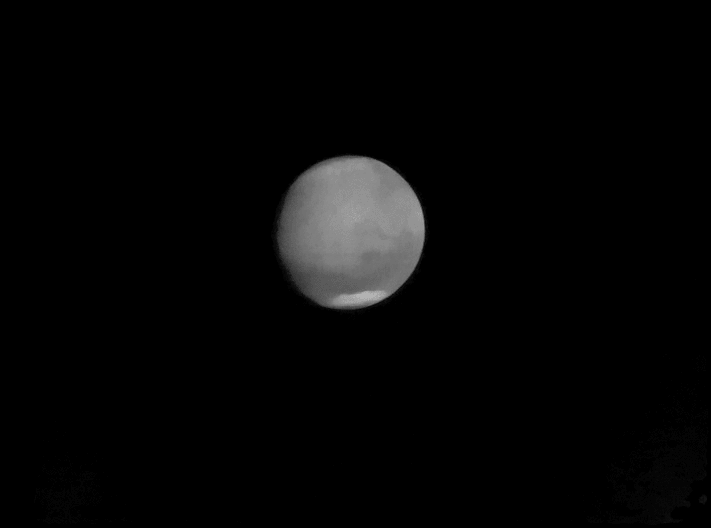
Mariner 6 near-encounter images covered some maddening-looking terrain that the scientists called "chaotic terrain," a term that has more or less stuck (it's called "chaos terrain" now). "They realized there was something else there, but they couldn't figure out what," Ted Stryk said.
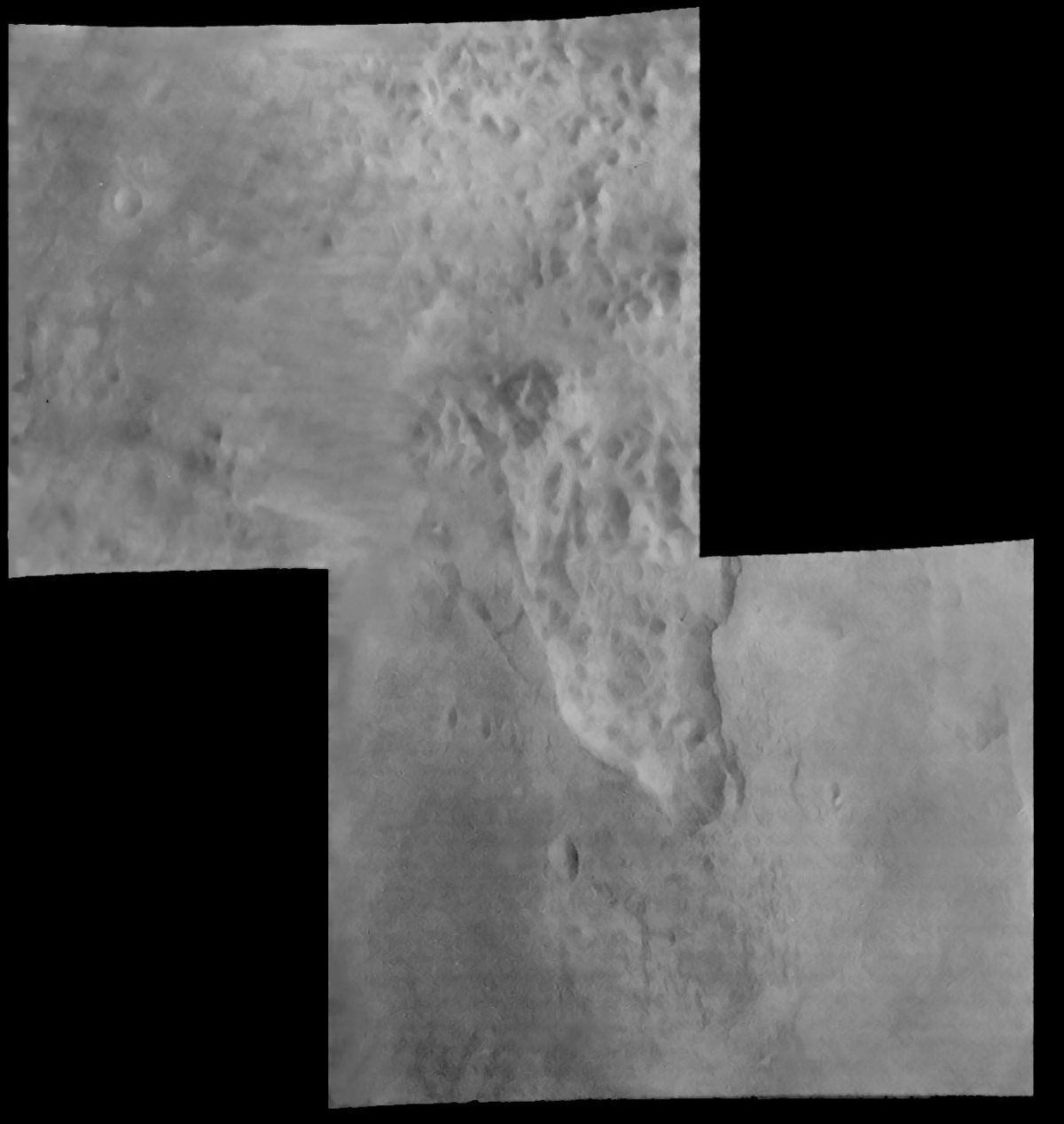
There are a lot more great Mariner images of Mars on Ted Stryk's website and at unmannedspaceflight.com. There's untapped potential to see some really lovely views of Mars -- ultimately made possible by Bruce Murray's stubborn insistence that it would be ludicrous to send a spacecraft to Mars and not include a camera.
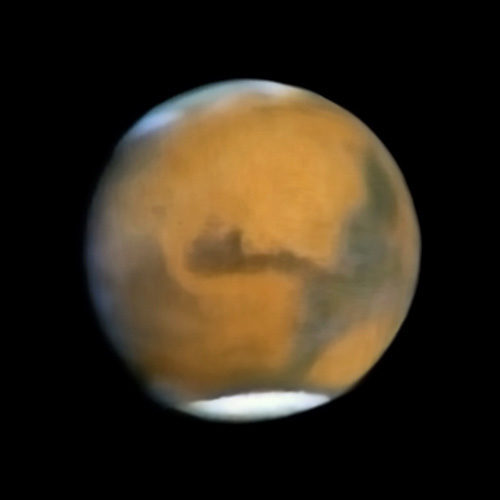
Support our core enterprises
Your support powers our mission to explore worlds, find life, and defend Earth. You make all the difference when you make a gift. Give today!
Donate

 Explore Worlds
Explore Worlds Find Life
Find Life Defend Earth
Defend Earth

